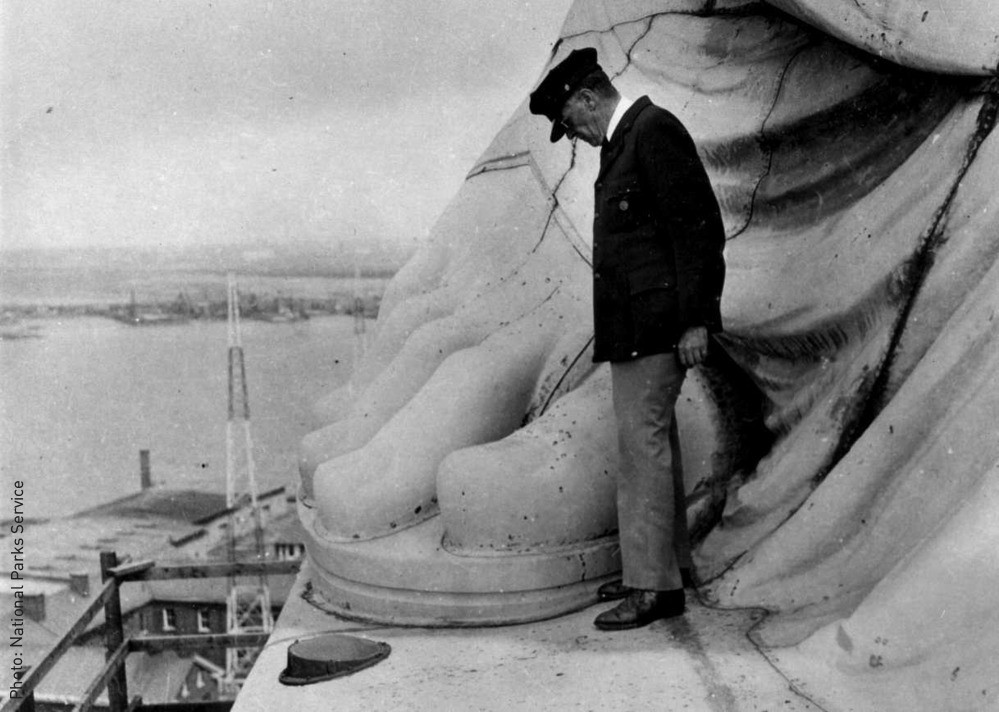Why Does Copper Turn Green Over Time? 10 Secret Facts About Statue Of Liberty
The Statue of Liberty, a symbol of freedom, has warmly greeted all who’ve arrived at New York Harbor for 132 years! Every year, over four million visitors journey through The Battery to witness the brilliance of Lady Liberty, one of New York’s shining stars.
1. It’s possible that the initial prototype could have been based on an Egyptian woman.
Numerous historians contend that the Statue of Liberty drew its inspiration from Libertas, the Roman deity symbolizing freedom. Nonetheless, the sculptor Frédéric-Auguste Bartholdi initially found his muse in the massive sentinels adorning Nubian burial sites. This encounter ignited his enduring fascination with creating grand public monuments. In one of his early concepts for the Suez Canal, Bartholdi conceived an imposing statue portraying a robed female figure as the embodiment of Egypt, poised to grace Port Said, marking the canal’s northern terminus. The prototype for this statue bore the title “Egypt Carrying the Light to Asia.”
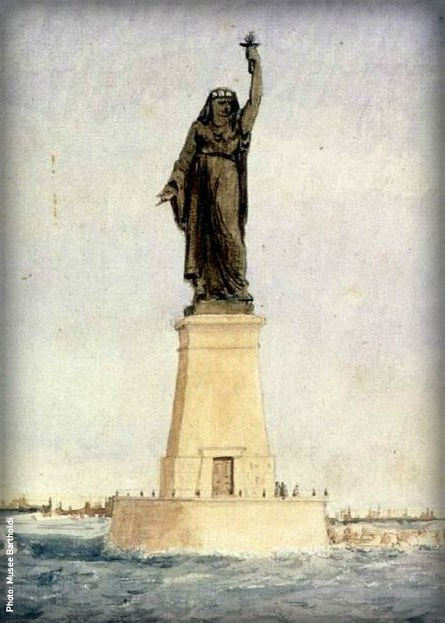
The proposal was eventually scrapped due to its high cost but the designs would find a home elsewhere. The female figure in the Port Said design evolved into the goddess who would become “Liberty Enlightening the World.”

2. She’s pretty thin-skinned
The Statue of Liberty boasts a remarkably thin copper coating, measuring approximately the thickness of two pennies stacked together. During her assembly on Bedloe’s Island, she displayed a stunning brown hue and retained this appearance for roughly 35 years. However, by 1920, the copper surface had commenced oxidizing, transforming into the enchanting sea-green patina we recognize today.
Perched at an impressive height of 879 feet above her pedestal, Lady Liberty boasts a 35-foot waistline, stands at a towering height of 305 feet, and sports colossal size 879 shoes.
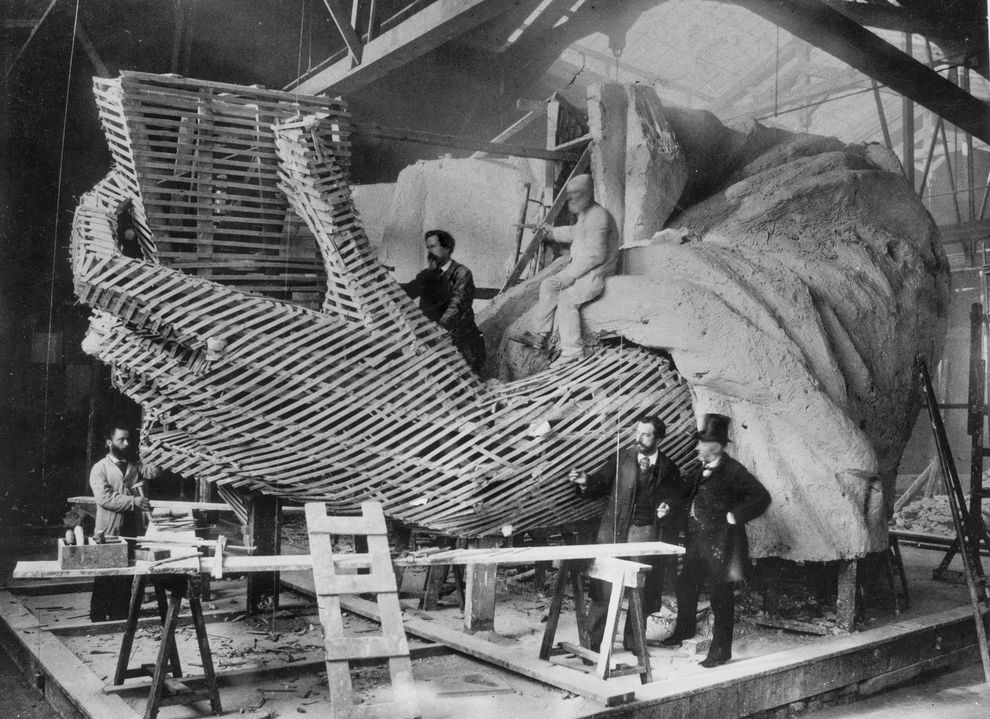
3. The Statue’s pedestal was financed by an early crowdfunding effort
The French government sponsored the statue’s construction, with the understanding that Americans would secure the funding for its pedestal, crafted from pink Stony Creek granite. However, the situation became complicated: Governor Grover Cleveland declined to allocate state funds, Congress couldn’t reach a consensus on the required amount, and a dedicated fundraising committee fell short by a third.
As Baltimore, Philadelphia, San Francisco, and Boston all began expressing interest in acquiring the statue for their cities, Joseph Pulitzer devised a clever solution. He proposed printing the names of every individual who contributed, along with offering rewards to the most generous donors. In just five months, the campaign successfully raised $101,091, drawing support from over 160,000 contributors, including children, street cleaners, and politicians. Remarkably, over 75% of the donations were less than a dollar. At last, progress could resume: the final $100,000 covered the remaining pedestal expenses, and the surplus amount was presented as a gift to the sculptor.
Starting in 1998, The Battery Conservancy has skillfully incorporated granite into the park’s restoration, establishing a profound visual and emotional connection with the statue. This stone, sourced from the identical quarry as the pedestal, has become a distinctive and prominent element all across The Battery. It graces everything from harbor-facing benches to the seating walls and pathways that encircle the park’s boundaries.
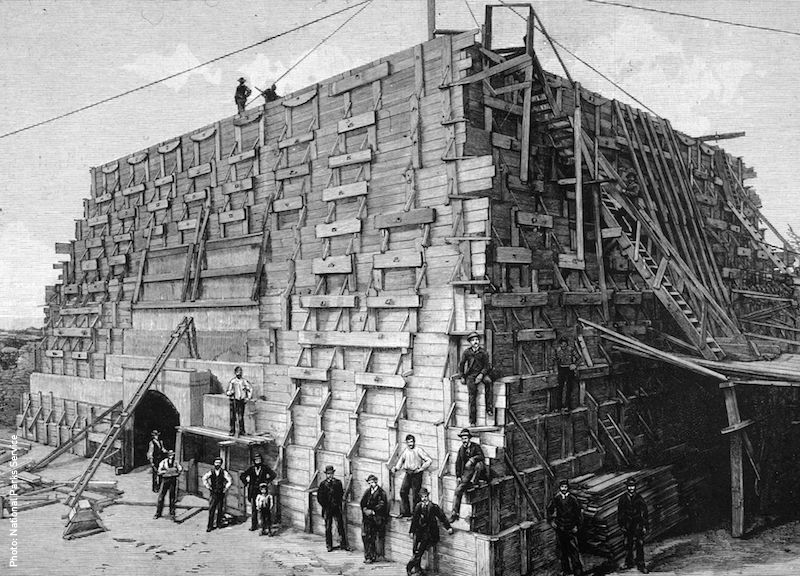
4. The gift was intended to celebrate abolition in the U.S.
In the 1870s, French abolitionist Édouard de Laboulaye collaborated with sculptor Frédéric Bartholdi and renowned engineer Gustave Eiffel to conceive a grand gift for the United States. Their vision was to create a symbol of friendship between the two nations and a commemoration of the end of slavery. De Laboulaye secretly hoped that such a gift would serve as an inspiration for his own people to strive for their freedom. This aspiration arose during a period when Napoleon III had recently extended his rule, surpassing his term and declaring himself Emperor of France, effectively putting an end to the Second Republic.
During the dedication of Lady Liberty, numerous African-American newspapers commented on what they perceived as American hypocrisy represented by the statue. While slavery had been abolished, Jim Crow laws in the South and less overt but equally oppressive and exclusionary practices in the North continued to deny African-Americans the equality, justice, and liberty that the nation professed to uphold. Initially, Bartholdi designed Lady Liberty to hold broken chains, but he later decided that the explicit reference to slavery was too contentious. Instead, a broken chain and shackles rest at the statue’s feet, conveying the abolitionist message with greater subtlety.
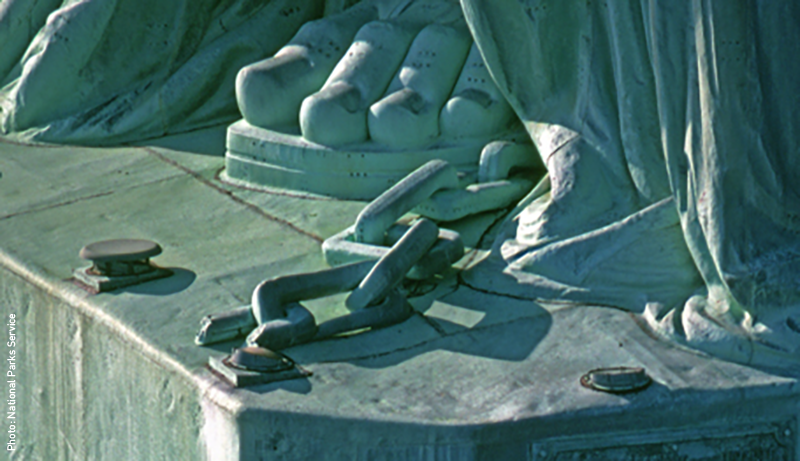
5. A spy caper made her torch unsafe for visitors to climb
Many believe that normal wear and tear weakened the torch enough that visitors may no longer climb up to its balcony, but the real reason is an explosion in World War I. On July 30th, 1916, German spies planted explosives in a munitions depot connecting Black Tom Island with Jersey City, blowing out windows as far away as Times Square.
The statue’s arm and torch were damaged by flying debris and weren’t repaired until 1984, when the torch was replaced and covered in 24-karat gold leaf. The original torch is now on display in the pedestal lobby.
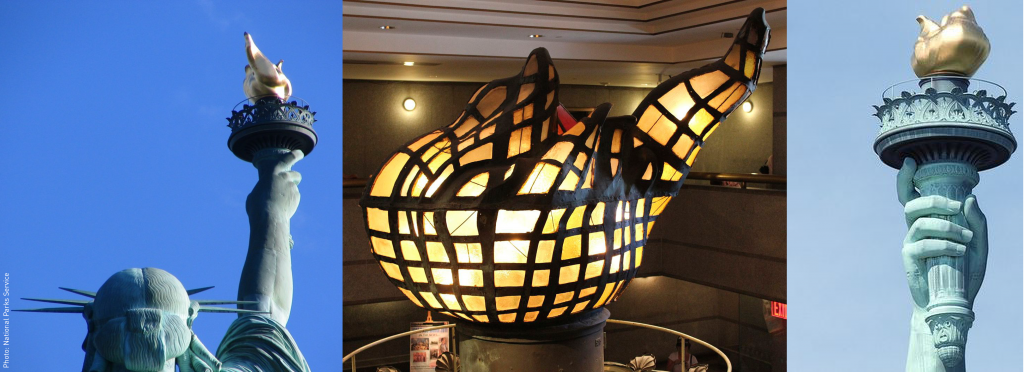
The torch was never reopened, but visitors looking for a view can still visit the crown with a reservation made at statuecruises.com.
6. She sways in the wind
Gustave Eiffel – famed for a certain iron tower which bears his name, created the statue’s unique skeleton. The iron structure at the core was the height of innovation at its time, capable of shifting in the wind without cracking or bending. Lady Liberty can sway up to three inches in any direction during heavy winds, while her torch can sway up to five inches.
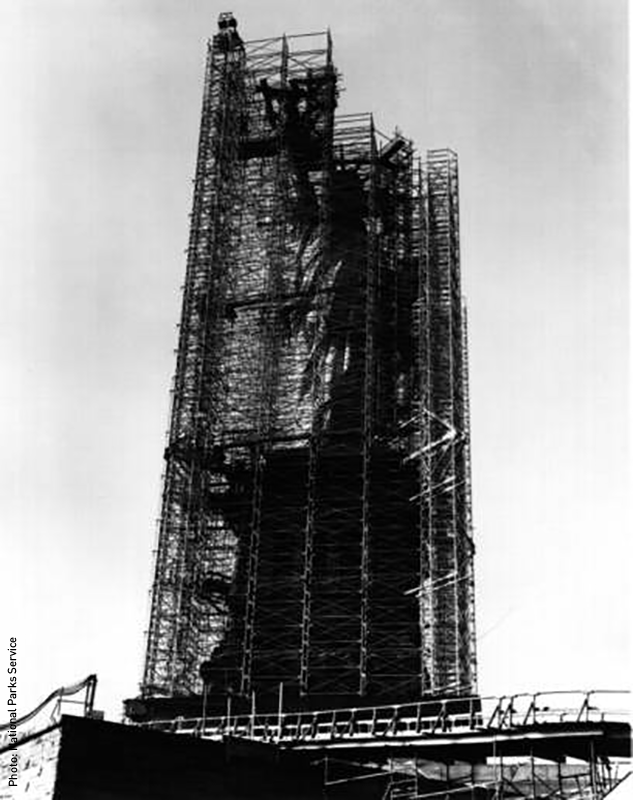
7. She’s a magnet for lightning bolts
By most estimates, the copper statue has been hit by 600 bolts of lightning every year since it was assembled in New York Harbor.
Jay Fine captured one spectacular bolt hitting her in 2010, making him the first to photograph this phenomenon.

8. Each element is symbolic
The book she carries features the date our Declaration of Independence was signed (July 4, 1776), while the seven points of her crown symbolize the seven seas, the seven continents and the rays of the sun. This image is meant to convey the hopeful spread of liberty around the world, and the example the U.S. was setting for other countries.
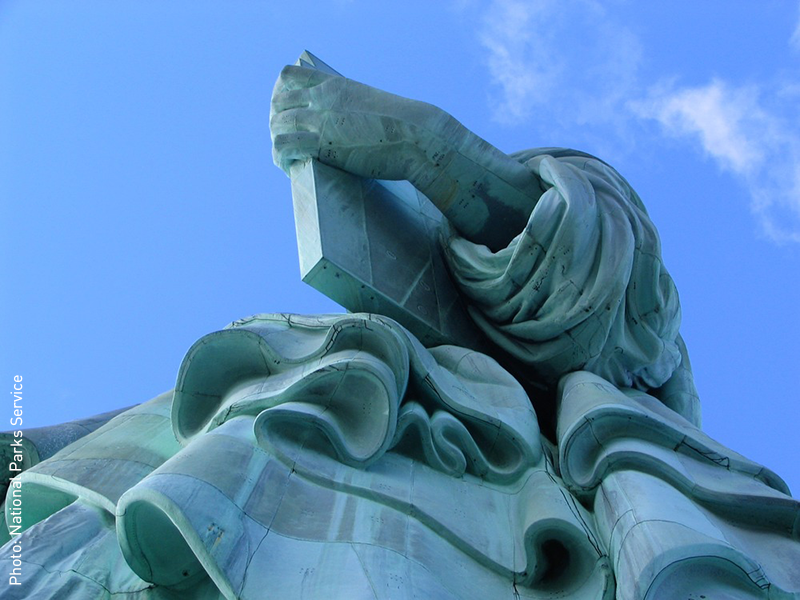
9. She was nearly a speaking statue
Thomas Edison, inventor of the light bulb and phonograph, proposed at one point that a giant gramophone be installed inside the Statue of Liberty, enabling her to “speak.” Ultimately, the idea was rejected.

10. She’s on the move!
Although she is a statue, Lady Liberty is not standing still. Her right leg is in mid-stride and her right foot is actually leaving the ground. She’s marching forward, moving towards the horizon, forever leading the way and lighting the path to liberty and freedom. Dave Eggers mentions this in his wonderful book, Her Right Foot.
